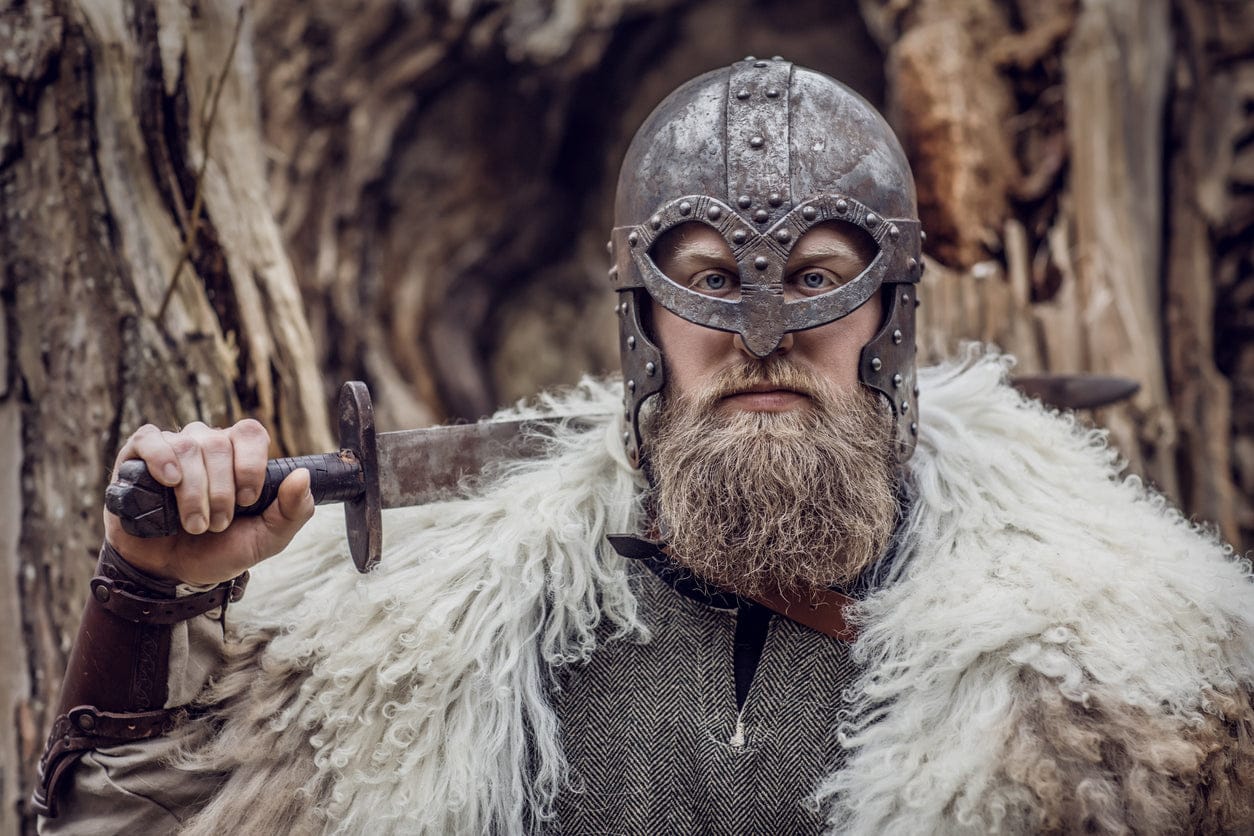Where did the Vikings come from?
The Vikings came from Norway, Sweden and Denmark. These three countries are known collectively as Scandinavia.
Why did the Vikings come to Britain?
The Vikings came to Britain and other countries for many different reasons but one of the main reasons was a lack of farmland in Scandinavia. There was a large population surge in Scandinavia and there was no longer enough land to go around, so they travelled to Britain where there was plenty of good farmland.
When did the Vikings first come to Britain?
The Vikings first came to England from Norway in the 790s, but they didn’t come to farm to begin with. They raided the east coast of England looking for riches, attacking the towns and then returning to Scandinavia with their plunder.
The first recorded Viking raid was of Lindisfarne monastery on Holy Island, off the coast of north-east England, in 793. Lindisfarne was one of the most sacred Christian monasteries in England, and the people were shocked at the brutal attack. The Vikings, however, were not Christians and saw the unguarded monastery as easy prey.





















